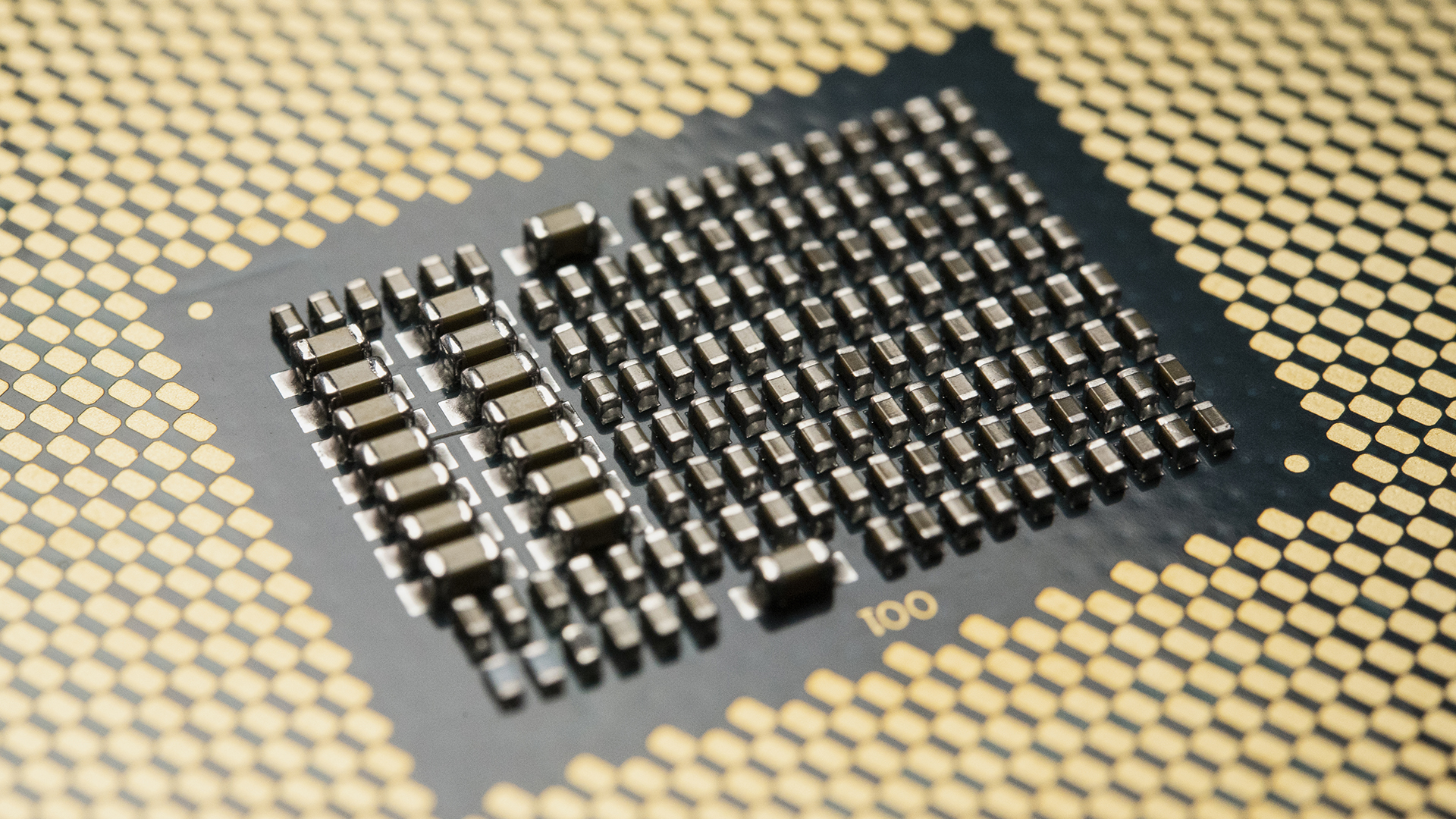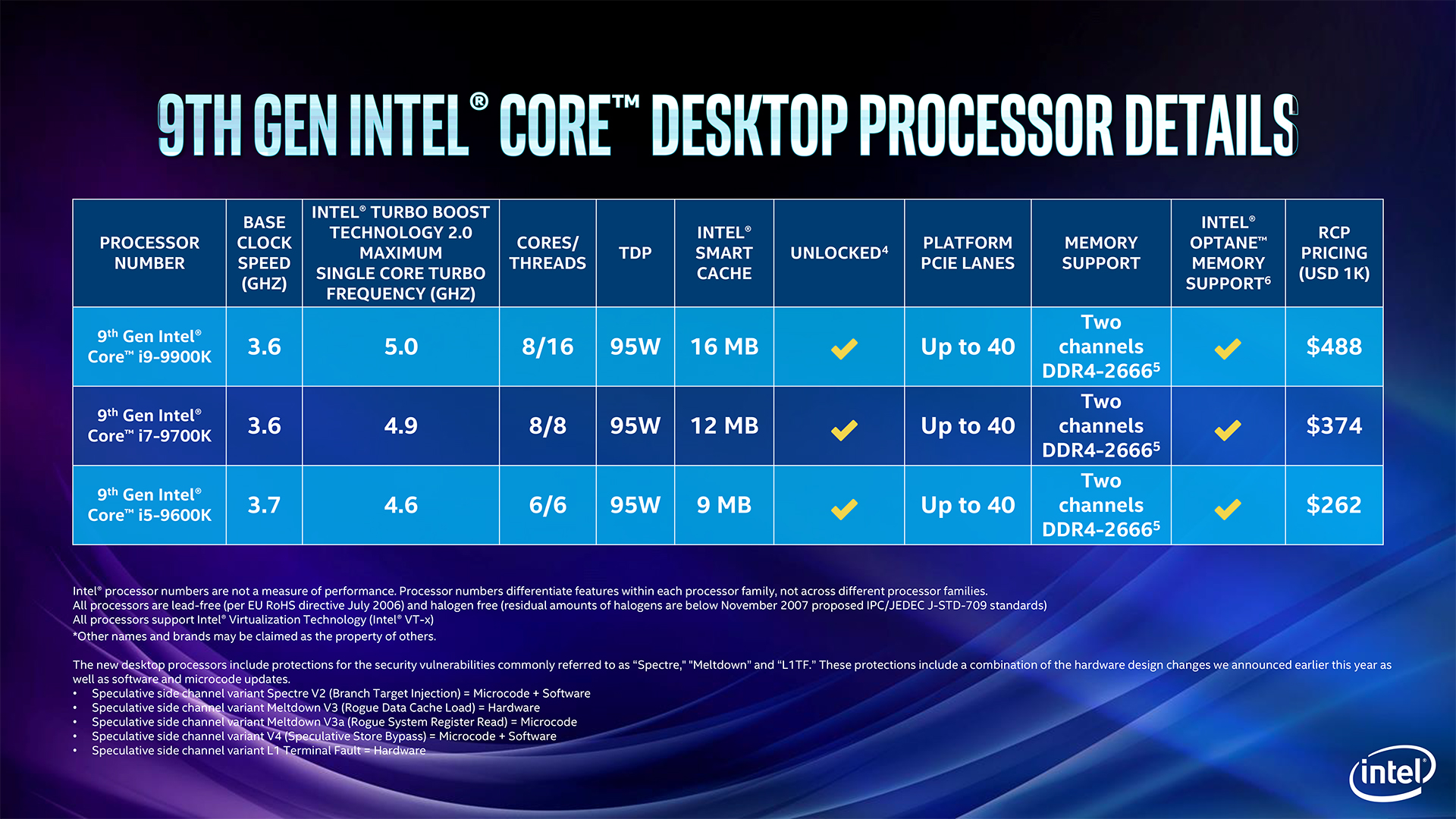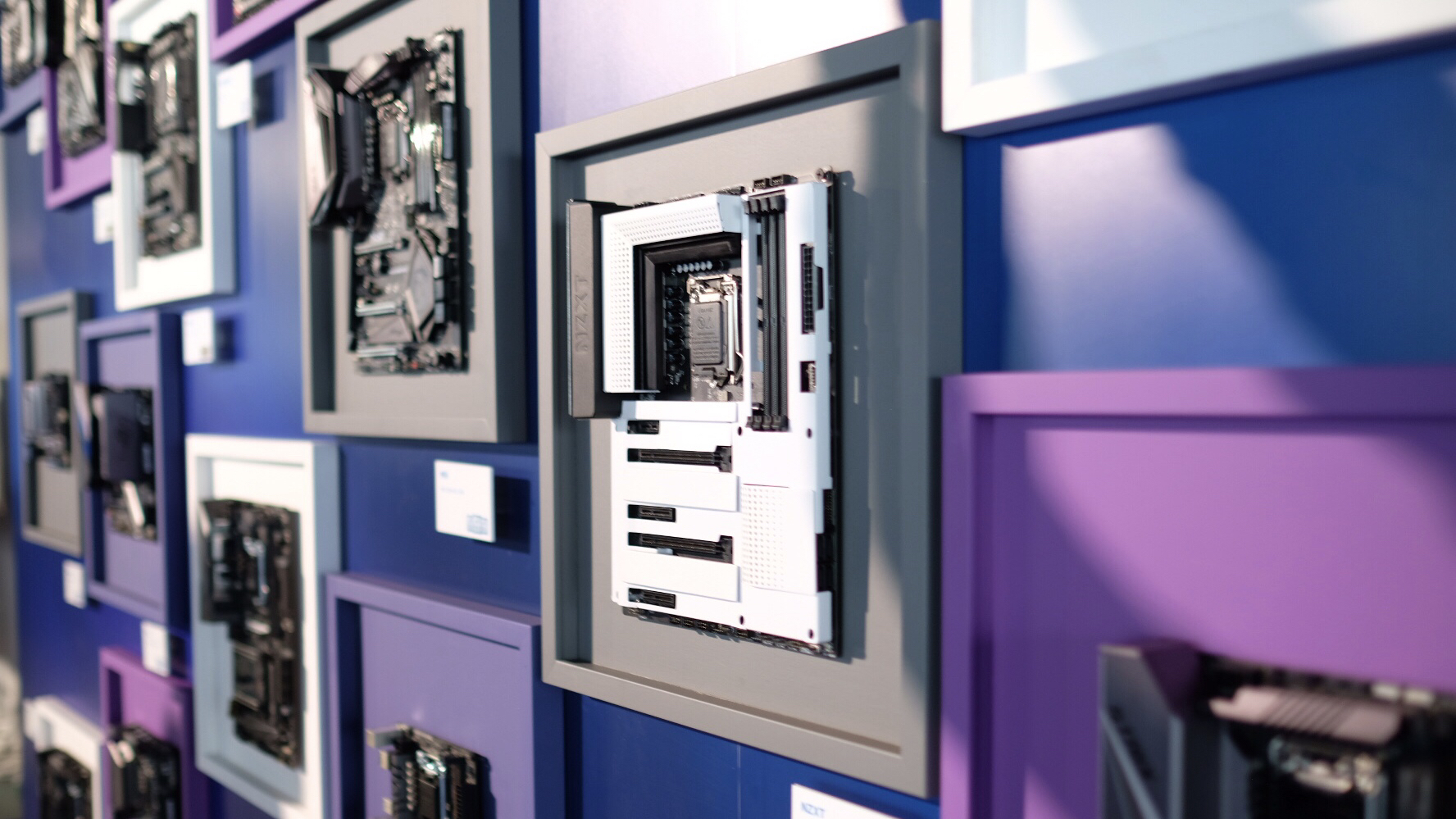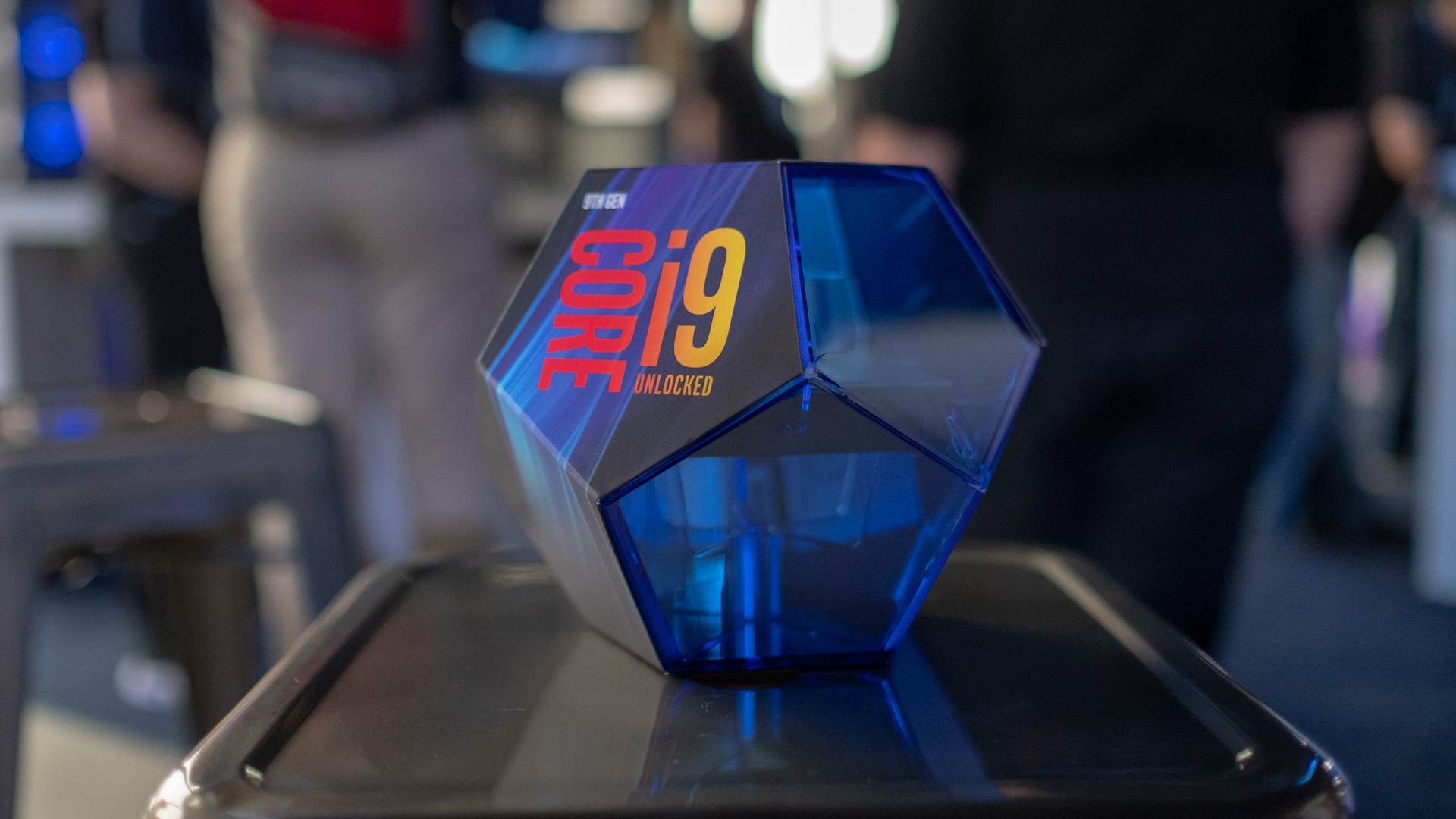When Intel launched the 8th-generation Coffee Lake processors, no one knew what was going on. But, we weren’t fooled again when it launched the 9th Generation Intel Coffee Lake Refresh lineup. This time around, Intel brought higher core counts and faster clock speeds across the board.
Coffee Lake Refresh bridges the gap between Coffee Lake and AMD Ryzen 2nd Generation – or it will until AMD launches its 3rd Generation Ryzen chips. We’ll see how successful Coffee Lake Refresh is once we’ve finished testing all the different chips, but just judging by the Intel Core i9-9900K, Intel has succeeded in performance, even if the sales don’t reflect that success. With Intel’s first mainstream, 8-core, 16-thread processors for consumers, Coffee Lake Refresh changes everything.
Now, this is just the highlight reel, but there is so much more Coffee Lake Refresh information out there, so strap in for the long ride and we’ll tell you everything there is to know about the latest from Intel.
Cut to the chase
- What is it? Intel’s 9th Generation mainstream processors
- When is it out? October 19
- What will it cost? From $ 262 or £349 (about AU$ 370)

Intel Coffee Lake Refresh release date
At its 2018 Desktop Launch Event, Intel finally revealed when we can get our hands on its 9th Generation desktop lineup. The good news is that all the speculation was pretty much spot on – preorders are live now, and the chips will start shipping out on October 19.
Then, in April 2019, Intel filled out the Coffee Lake Refresh lineup both on the desktop and the mobile side. Over on mobile, we’re getting new H-series laptop chips, which should be behind the best gaming laptops this year. Alongside these mobile chips, we’re getting new desktop CPUs, namely the non-K variants. All of these new chips should start shipping soon.
The only exception would be the Intel Core i5-9400F, which is a non-overclockable chip without graphics. But, it’s significantly cheaper than the Intel Core i5-9600K.
Intel Coffee Lake Refresh price
Now that Intel has announced its new desktop platform, we now know what the pricing is going to look like. For the most part, it falls in line with what Intel charged for Coffee Lake desktop chips, though the Intel Core i9 is much more expensive than the competition, namely the AMD Ryzen 7 2700X. But, at least Intel is giving users the choice to get processors without integrated graphics for the same price. The prices are as follows:
- Intel Core i3-9100F – $ 122 (about £90, AU$ 170)
- Intel Core i3-9100 – $ 122 (about £90, AU$ 170)
- Intel Core i3-9300 – $ 143 (about £110, AU$ 199)
- Intel Core i3-9320 – $ 154 (about £118, AU$ 215)
- Intel Core i3-9350KF – $ 173 (£194, about AU$ 230)
- Intel Core i3-9350K – $ 173 (about £130, AU$ 240)
- Intel Core i5-9400F – $ 182 (£188, about AU$ 250)
- Intel Core i5-9400 – $ 182 (£194, about AU$ 250)
- Intel Core i5-9600 – $ 192 (about £150, AU$ 260)
- Intel Core i7-9700 – $ 323 (about £250, AU$ 450)
- Intel Core i7-9700K – $ 374 (£409, AU$ 659)
- Intel Core i9-9900K – $ 488 (£519, AU$ 899)
We’re sure that Intel is going to pad this lineup with other mid-range and entry-level processors over the next year or so to pad out these massive price gaps. Until then, though, we can still expect fantastic multi-core performance at a reasonable price.

Intel Coffee Lake Refresh specs
Now that Intel has shown us what Coffee Lake Refresh is capable of, we have a clear picture of what these new processors look like. And, now that the Coffee Lake Refresh lineup is fleshed out, here is the core consumer lineup.
- Intel Core i3-9100: 4-cores, 4-threads, clocked at 3.6GHz to 4.2GHz
- Intel Core i3-9300: 4-cores, 4-threads, clocked at 3.7GHz to 4.3GHz
- Intel Core i3-9320: 4-cores, 4-threads, clocked at 3.7GHz to 4.3GHz
- Intel Core i3-9350K: 4-cores, 4-threads, clocked at 4.0GHz to 4.6GHz
- Intel Core i5-9400: 6-cores, 6-threads, clocked at 2.9GHz to 4.1GHz
- Intel Core i5-9500: 6-cores, 6-threads, clocked at 3.0GHz to 4.4GHz
- Intel Core i5-9600: 6-cores, 6-threads, clocked at 3.1GHz to 4.6GHz
- Intel Core i5-9600K: 6-cores, 6-threads, clocked at 3.7GHz to 4.6GHz
- Intel Core i7-9700: 8-cores, 8-threads, clocked at 3.0GHz to 4.7GHz
- Intel Core i7-9700K: 8-cores, 8-threads, clocked at 3.6GHz to 4.9GHz
- Intel Core i9-9900: 8-cores, 16-threads, clocked at 3.1GHz to 5.0GHz
- Intel Core i9-9900K: 8-cores, 16-threads, clocked at 3.6GHz to 5.0GHz
This lineup is noteworthy, as it marks the first Intel Core i7 chip in a while without hyperthreading – instead it just features eight single-threaded cores. Still, that should be plenty, especially considering the impressive 4.9GHz boost clock. Luckily, there is still a 9th-generation consumer chip that retains hyperthreading in Intel’s Core i9-9900K.
Then, there’s the F-series chips, which don’t come with the same Intel UHD 630 integrated GPU as the rest of the lineup. This lack of a GPU doesn’t come with a price drop, but it looks like they’re designed for OHM use.
Intel might be pushing core counts even higher in the future. A recent forum post suggests that deca-core ‘Comet Lake’ processors, based on the same 14nm process as Coffee Lake Refresh are incoming. Either way it looks like Intel won’t be done with 14nm any time soon, unfortunately: its upcoming Cascade Lake processors will be based on the same process.
These new processors also feature much improved thermal performance, thanks to a soldered thermal interface material (STIM). This should help these processors overclock more efficiently without having to resort to exotic cooling solutions to stretch the performance out.
This is big, because Intel has stuck with non-soldered thermal paste to transfer heat between the processor dies and the IHS – much to the chagrin of enthusiasts and overclockers. This new soldered material should be a much more efficient heat transfer medium, which Intel says will lead to easier overclocking.
However, some of the new F-series Coffee Lake Refresh chips will be sticking with the non-soldered solution. Intel says this is because standard F-series chips won’t be overclocked, and thus won’t need the more robust cooling solution. Luckily, the processors model names with a ‘KF’ suffix will include the same STIM as earlier 9th-generation processors.
One more thing – an Intel Core i9-9900T leak showed up on Yahoo Auctions. It seems to be a 35W version of the Intel Core i9-9900K with the same amount of cores and threads, but with a severely cut down clock speed. This part hasn’t been announced by Intel, so we would take it with a grain of salt – but this wouldn’t be the first time Intel launched low-power T-series chips for prebuilt computers.

Intel Coffee Lake Refresh features
Of course, it wouldn’t be a new Intel processor lineup with a new motherboard and chipset platform. Interestingly enough, Intel’s forthcoming Z390 chipset is on the way, and can finally be preordered, after months and months of speculation.
This new platform supports t onboard 802.11ac Wi-Fi, and USB 3.1 Gen 2 – both of which are features not found natively supported on the current Z370 chipset. This new chipset now supports up to 40 lanes of PCIe Express 3.0, but is still limited to dual-channel, 2,666MHz memory.

Intel Coffee Lake Refresh performance
We have finally fully reviewed and tested Intel Core i9-9900K and it is, without a doubt, the fastest consumer processor on the market right now. Intel’s high end chip absolutely dominated everything else in both single core and multi core performance, scoring a ridiculous 33,173 multi-core score in GeekBench 4 – compared to the Ryzen 7 2700X’s 26,011 – it even destroys AMD’s HEDT Threadripper chips in many everyday situations.
However, be careful of the inflated price you’re paying for this higher performance. WE haven’t tested either the Intel Core i7-9700K or the i5-9600K yet, but those reviews are on the way. Until then, though, we have some preliminary results from Intel, but take these with a grain of salt.
Back at Intel’s reveal event for Coffee Lake Refresh, we were able to test the new processors in gaming specific workloads, where the Intel Core i7-9700K was able to hit 30,339 points in a World of Tanks benchmark – compared to the Intel Core i9-9900K’s 33,108 in the same test at the same event.
Meanwhile, the Intel Core i7-9700K was able to hit 30,339 points in that same World of Tanks benchmark – which is impressive given that chip doesn’t feature multithreading.
That’s all we got right now. There’s surely a ton of information to come – so, per our usual advice, we encourage you to keep this page bookmarked, as we’ll keep it updated with in-depth coverage of the latest Intel Coffee Lake Refresh news, information and reviews.